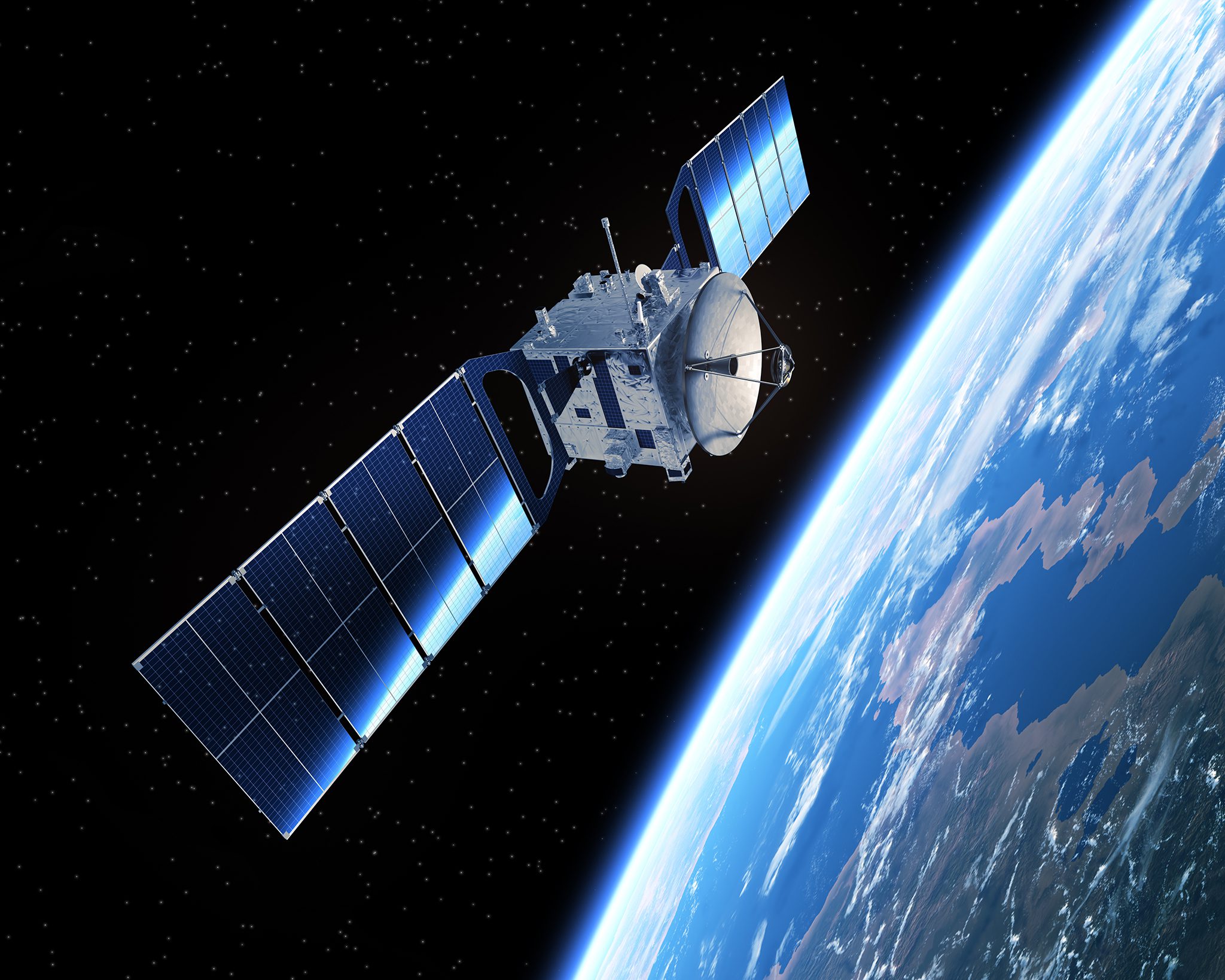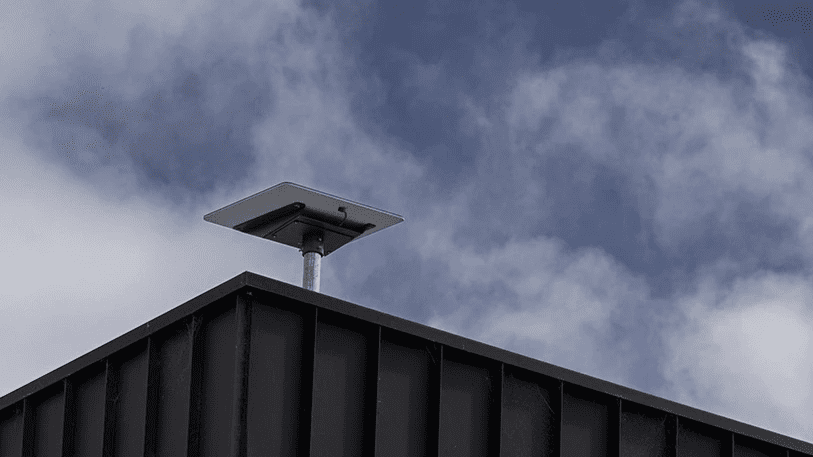Viasat Plans NGSO Constellation to Augment Geostationary Sats
Randy Sukow
|

An order to allow a ViaSat non-geostationary-satellite orbit (NGSO) constellation access to the U.S. market is on the tentative agenda for the FCC’s April open meeting, April 23. Under the proposal, ViaSat would launch 20 satellites into medium-earth orbits (MEOs) of 8,200 kilometers (5,094 miles), situated in altitude between its current geostationary satellites (about 35,700 km) and the new crop of low-earth orbiting (LEO) NGSOs planned by companies such as SpaceX and Amazon at about 1,200 km.
“To promote new and expanded services using NGSO constellations, the Commission is committed to giving every company a fair shot at innovating and competing in the U.S. market,” FCC Chairman Ajit Pai said in a recent blog post referring to the ViaSat order.
The company’s plan is to use frequencies in the Ka (26.5-40 GHz) and V (40-75 GHz) bands to operate the constellation. “ViaSat states that grant of its request for market access would allow it to more intensively use spectrum that is already being used, or is planned for use, by its existing and planned satellites in geostationary orbit (GSO), and to provide ubiquitous and low-latency broadband services to users in the United States,” according to a draft of the ViaSat order.

NRTC members for many years have been offering broadband satellites service to their communities using the current ViaSat satellites and earlier-generation vehicles. The ViaSat-1 and ViaSat-2 satellites currently cover North America and provide transatlantic connectivity to aircraft. The company plans 2021 launches for a series of three ViaSat-3 satellites (artist rendering pictured) in geosynchronous orbit to cover the globe.
The order specifies that the ViaSat constellation must protect existing GSO satellites from interference. At the same time, ViaSat plans for a certain level of satellite-to-satellite communication between its NGSO and GSO satellites. “ViaSat’s spectrum use would serve the same purpose as that of a VSAT [Very Small Aperture Terminal] on an airplane. That is, ViaSat would use the Ka band to send communications to and from an aggregation point on the MEO spacecraft to a GSO spacecraft, just as a VSAT on an airplane,” the company said in a 2018 communication with the FCC. (ViaSat’s original Petition for Declaratory Ruling to operate the NGSO dates to 2016.)
The FCC’s draft order describes the ViaSat plan as “low-latency,” but does not go into further detail. While the NGSO would presumably improve performance over its current GSOs, it also presumably would not match the performance of SpaceX or other LEO constellations, which will operate hundreds or thousands of small satellites closer to the earth.
The ViaSat order arrives as some doubt about the viability of LEO/NGSOs creeps into the market. OneWeb, the oldest NGSO proposal before the FCC which had already begun launching satellites, recently filed for Chapter 11 reorganization. There are indications that it could be moving toward liquidation.
The FCC is still considering whether SpaceX (which also has begun launching satellites) and other LEO/NGSOs should be eligible to bid for funding through the October 2020 Rural Digital Opportunity Fund (RDOF) reverse auction. Rural organizations including NRECA and NTCA-The Rural Broadband Association oppose LEO participation.
“LEOs have scant, if any, operational history. That the projected latency for LEOs may be better than geostationary orbits is obvious, but LEO is not a mature technology suitable for USF support at this time,” NRECA said in recent comments to the Commission. “From a public policy perspective, RDOF support should not be made available to underwrite all or even a portion of the large-scale, global deployment of a nascent technology with staggering upfront costs.”
NTCA argued that LEOs should not be allowed to bid in the gigabit tier of the RDOF reverse auction, saying that it is not yet clear that they can reach gigabit speeds. “It is also telling that, in touting its capabilities, SpaceX has focused primarily upon latency rather than speed performance. Indeed, based upon NTCA’s review of SpaceX’s filings in this proceeding, there appears to be no evidence whatsoever [emphasis NTCA’s] as to what speeds low earth orbit satellites can actually achieve,” it said.


